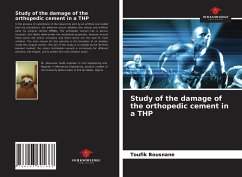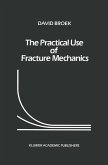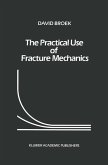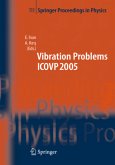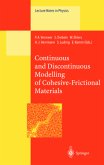In the process of substitution of the natural hip joint by an artificial one (called total hip prosthesis), the adhesion occurs between the natural and artificial parts by surgical cement (PMMA). The orthopedic cement has a porous structure, this defect deteriorates the mechanical properties, because around these pores the stress increases and these pores are the seat of crack initiation. The main reason for this porosity is the formation of air bubbles inside the surgical cement. The aim of this study is to analyze by the 3D finite element method, the stress distribution around a microcavity for different positions and shapes, and to predict the crack initiation zones.
In the process of substitution of the natural hip joint by an artificial one (called total hip prosthesis), the adhesion occurs between the natural and artificial parts by surgical cement (PMMA). The orthopedic cement has a porous structure, this defect deteriorates the mechanical properties, because around these pores the stress increases and these pores are the seat of crack initiation. The main reason for this porosity is the formation of air bubbles inside the surgical cement. The aim of this study is to analyze by the 3D finite element method, the stress distribution around a microcavity for different positions and shapes, and to predict the crack initiation zones.
In the process of substitution of the natural hip joint by an artificial one (called total hip prosthesis), the adhesion occurs between the natural and artificial parts by surgical cement (PMMA). The orthopedic cement has a porous structure, this defect deteriorates the mechanical properties, because around these pores the stress increases and these pores are the seat of crack initiation. The main reason for this porosity is the formation of air bubbles inside the surgical cement. The aim of this study is to analyze by the 3D finite element method, the stress distribution around a microcavity for different positions and shapes, and to predict the crack initiation zones.

